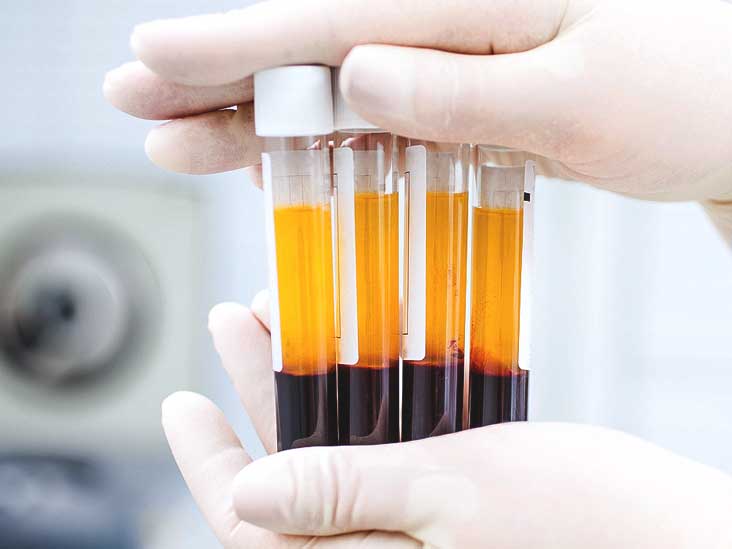

Mon-Fri (8am - 5pm)
Sat-Sun (Closed)
+1 (662) 655-4868
7135 Getwell Rd Suite 100
Southaven, MS 38672
PRP (Platelet Rich Plasma) and PRF (Platelet Rich Fibrin) are two processes that offer the most up-to-date technological dental care. Human blood has been known to contain many components with healing properties, and because our bodies prefer natural healing, these processes become much more manageable.
Platelet-rich plasma (PRP) is derived from a patient's blood and injected into wounded or diseased tissue to enhance healing by boosting and raising the growth of reparative cells produced by the patient's own body.
Normal blood platelet counts range from 150,000/1L to 350,000/1L, whereas platelet-rich plasma has a concentration of at least 1,000,000/1L. This high concentration of platelets aids in producing cells that are essential in the repair of tissue and bone. It also significantly improves vascularity in healing tissue.
PRF is an abbreviation for platelet-rich fibrin, and it is entirely autologous, which means it is obtained and created using your blood cells or tissues. PRF is a substance found in and extracted from your blood. It has a gelatine-like composition when separated from the blood. It is completely biocompatible with your body because it is made entirely from your cells. In the case of PRF, your blood is spun down to produce the sample PRF.
The PRF is directly applied to areas that require healing, such as cavitation leftover from a tooth extraction. PRF not only speeds up the healing process but has also been shown to help heal wounds to a much greater extent than allowing the wound to heal on its own. In addition, PRF therapy is an excellent tool for bone grafting because it is durable, strong, sutureable, and an ideal matrix for bone grafting material.
The main goal of using these technologies is to extract all of the components from a blood sample that can be used to boost healing and enhance tissue repair. Both of these platelet-rich therapies (PRP and PRF) are used in dentistry to help patients recover quickly after specific dental procedures.


Some of the primary advantages of PRP in dentistry are as follows:
We take a small sample of your blood in a glass jar and with no coagulants or thrombin. The vile is then placed in a centrifuge, spins at 3000 rpm for about ten minutes. The spinning process separates the blood into three layers: plasma on top, red blood cells on the bottom, and fibrin clots in between.
Incorporating PRF treatment into the osteotomy site (surgery site) improves implant stability during the early healing phase. This material's simple application also promotes speedier osseointegration. Furthermore, by using PRF during one-stage implant placement, the amount of initial bone loss (the first three months after implant placement) can be significantly reduced.
The most common method of preparing PRP is to centrifuge a patient's blood sample. A vial of blood is placed in a centrifuge and spun at breakneck speeds. The spinning separates the blood into layers:
Red blood cells, which constitute approximately 45 percent of the blood, are forced to the vial's bottom.
White blood cells and platelets form a thin middle layer known as the buffy coat, which accounts for less than 1% of the centrifuged blood.
The remaining top layer, or about 55 percent of the centrifuged blood sample, is "platelet-poor" plasma, or plasma with a low concentration of platelets.
When the centrifuge process is finished, the doctor or medical technician will remove the vial from the machine and prepare the PRP solution for injection. The speed and duration of centrifugation can vary. Therefore, the composition of PRP is affected by differences in centrifugation speed and time.

Dr. Pradeep Adatrow is the owner of Advanced Dental Implant and TMJ Center. Advanced Dental Implant and TMJ Center has been voted Desoto’s Best Dental Practice for five consecutive years, and Dr. Adatrow has been a full- time Professor and Director at the University of Tennessee for 14 years prior to establishing this practice in Southaven in January of 2016. He is a Board Certified Dual specialist in Dentistry (Periodontology and Prosthodontics) and has been instrumental in teaching hundreds of dental students, placed more than 10,000 implants and helped hundreds of patients suffering with TMJ disorders and Gum Diseases.
Advanced Dental Implant and TMJ Center provides personalized and specialized care and sedation dentistry in Memphis TN, Germantown TN, Collierville TN, Bartlett TN, Cordova TN, West Memphis AR, Marion AR, Forest City AR, Brinkley AR, Southaven MS, Olive Branch MS, Hernando MS, Batesville MS, Senatobia MS, Holly Springs MS, Horn Lake MS, Clarksdale, MS. We have been successfully treating people from Desoto County, Shelby County, Tunica County, Marshall County, Tate County of Tennessee and Mississippi states.